Which of the following is the most reactive towards eklectrophilic aromatic substitution?
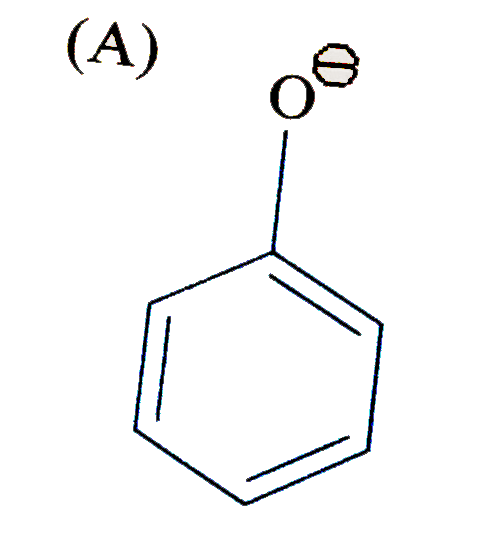
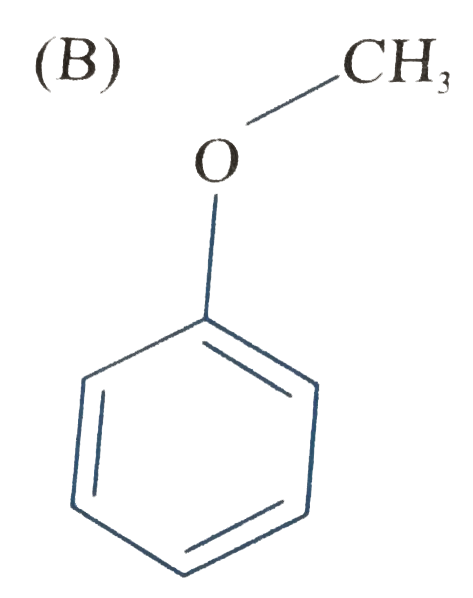


The correct Answer is:A
To determine which of the given compounds is the most reactive towards electrophilic aromatic substitution (EAS), we need to analyze the activating effects of the substituents on the benzene ring. Here’s a step-by-step solution:
Step 1: Understand Electrophilic Aromatic Substitution (EAS)
Electrophilic aromatic substitution is a reaction where an electrophile replaces a hydrogen atom on an aromatic ring. The reactivity of the aromatic compound towards EAS depends on the nature of the substituents already present on the ring.
Hint: Remember that electron-donating groups increase the electron density of the ring, making it more reactive towards electrophiles.
Step 2: Identify the Substituents
Consider the substituents provided in the options (for example, -O⁻, -OH, -NH₂, etc.). Each of these groups has different effects on the electron density of the benzene ring.
Hint: Look for groups that can donate electron density to the aromatic ring.
Step 3: Analyze the Effects of Each Substituent
1. O⁻ (Phenoxide ion): This group has a negative charge, which significantly increases the electron density on the benzene ring, making it highly reactive towards electrophiles.
2. -OH (Hydroxyl group): This group is an electron-donating group due to resonance, but it is less activating than O⁻ because it does not carry a negative charge.
3. -NH₂ (Amino group): Similar to -OH, the amino group can donate electron density through resonance, but it is still less effective than the phenoxide ion.
Hint: Compare the electron-donating abilities of each group. The more electron-rich the ring, the more reactive it will be towards EAS.
Step 4: Determine the Most Reactive Group
Among the groups analyzed:
- The O⁻ (Phenoxide ion) is the most reactive due to its strong electron-donating ability from the negative charge.
- The -OH and -NH₂ groups are activating but not as strong as O⁻.
Hint: The presence of a negative charge on a substituent typically indicates a stronger activating effect than neutral groups.
Conclusion
The most reactive group towards electrophilic aromatic substitution is the O⁻ (Phenoxide ion) due to its high electron density and strong activating effect.
Final Answer: O⁻ (Phenoxide ion) is the most reactive towards electrophilic aromatic substitution.
Electrophilic aromatic substitution is a reaction where an electrophile replaces a hydrogen atom on an aromatic ring. The reactivity of the aromatic compound towards EAS depends on the nature of the substituents already present on the ring.
Consider the substituents provided in the options (for example, -O⁻, -OH, -NH₂, etc.). Each of these groups has different effects on the electron density of the benzene ring.
1. O⁻ (Phenoxide ion): This group has a negative charge, which significantly increases the electron density on the benzene ring, making it highly reactive towards electrophiles.
2. -OH (Hydroxyl group): This group is an electron-donating group due to resonance, but it is less activating than O⁻ because it does not carry a negative charge.
Among the groups analyzed:
- The O⁻ (Phenoxide ion) is the most reactive due to its strong electron-donating ability from the negative charge.
- The -OH and -NH₂ groups are activating but not as strong as O⁻.
The most reactive group towards electrophilic aromatic substitution is the O⁻ (Phenoxide ion) due to its high electron density and strong activating effect.
Topper's Solved these Questions
Similar Questions
Knowledge Check
- Question 1 - Select One
Which of the following is most reactive towards electrophillic aromatic substitution for halogen ?
A B
B C
C D
D
- Question 2 - Select One
Which of the following is the most reactive towards electrophilic attack ?
A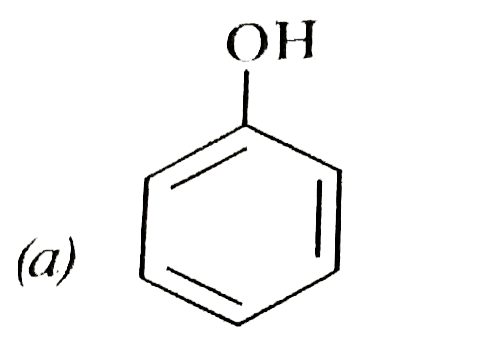 B
B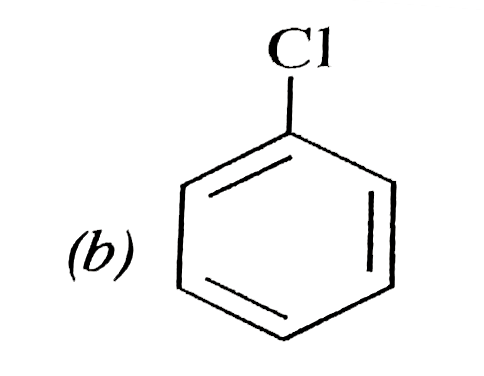 C
C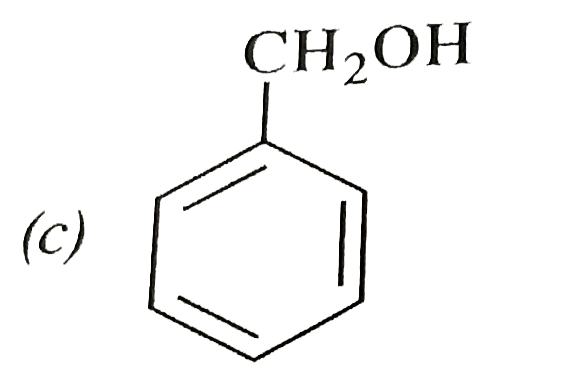 D
D
- Question 3 - Select One
Which of the following is the most reactive towards electrophilic substitution?
A B
B C
C D
D
Which of the following is most reactive towards electrophilic nitration ?
View SolutionWhich of the following is most reactive toward SNAr :
View SolutionWhich one of the following is most reactive toward electrophilic reagent?
View SolutionWhich of the following compounds is most reactive in electrophilic aromatic substitution?
View SolutionWhich of most reactive towards nucleophilic aromatic substitution.
View Solution
